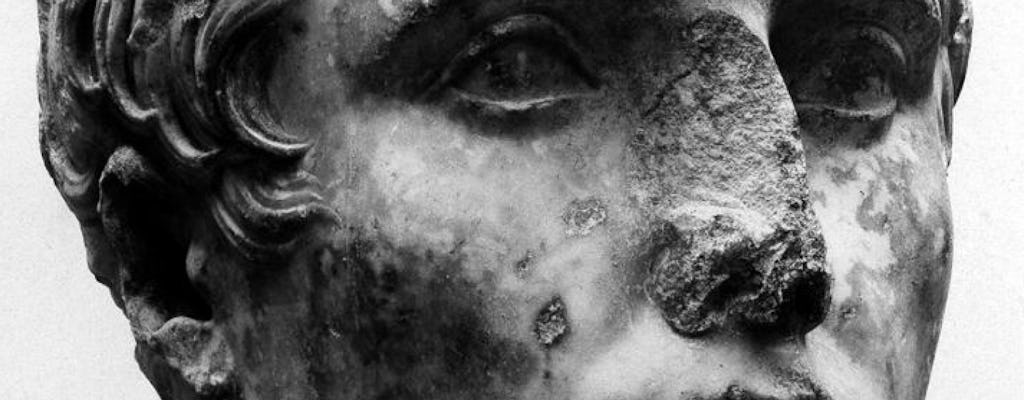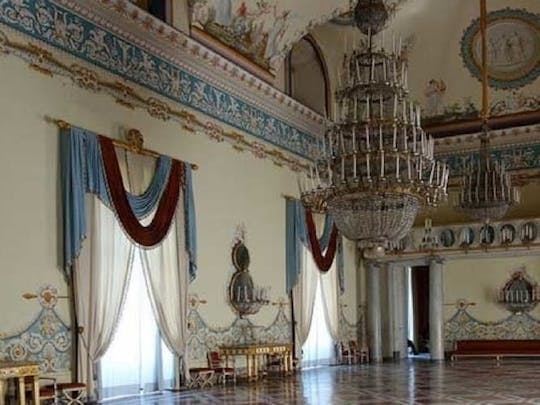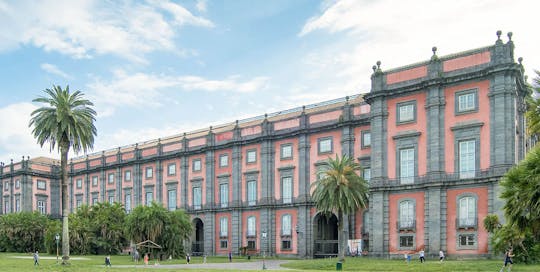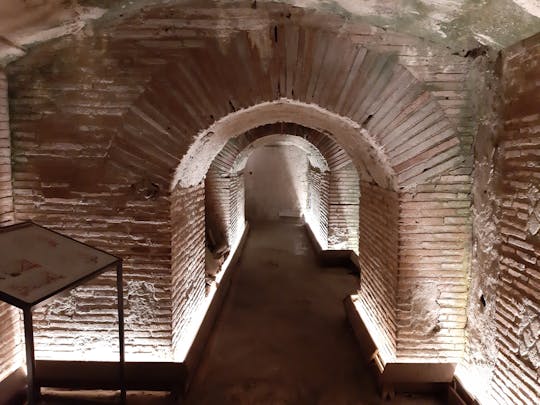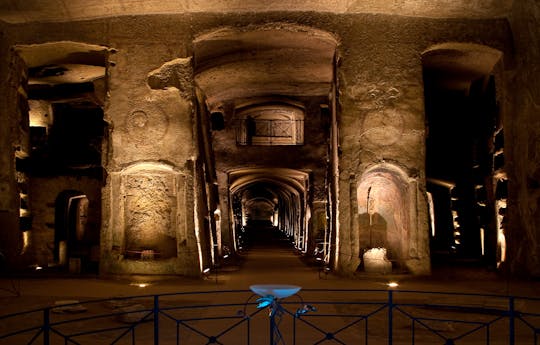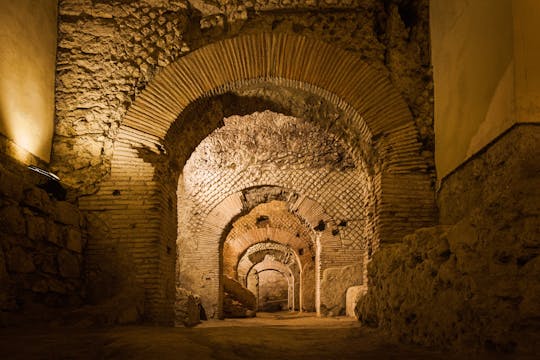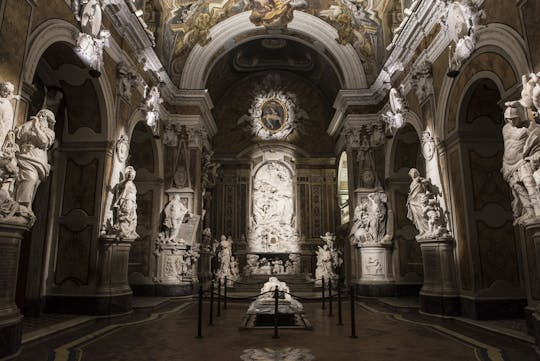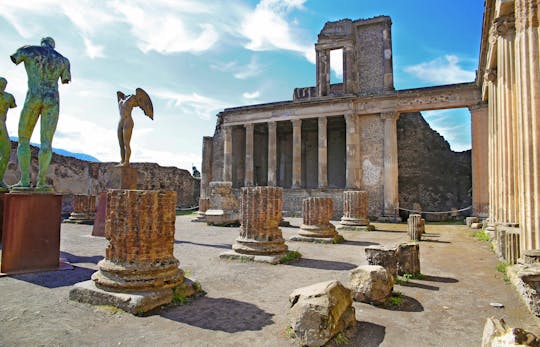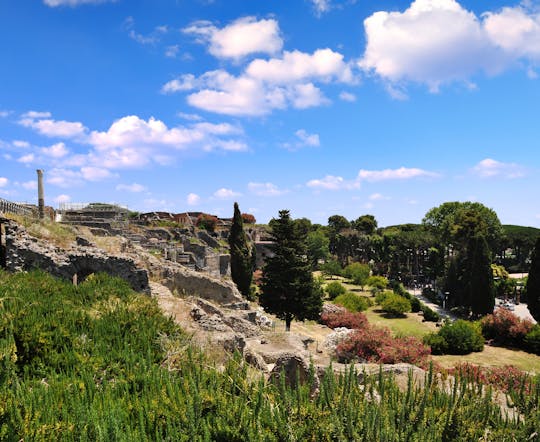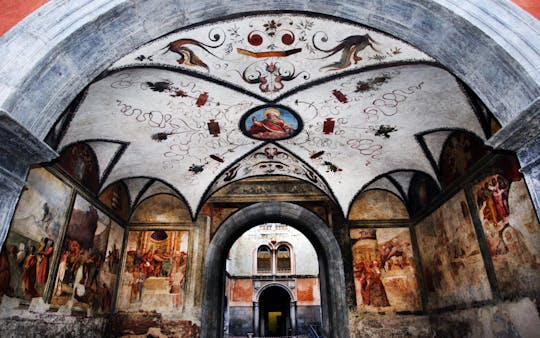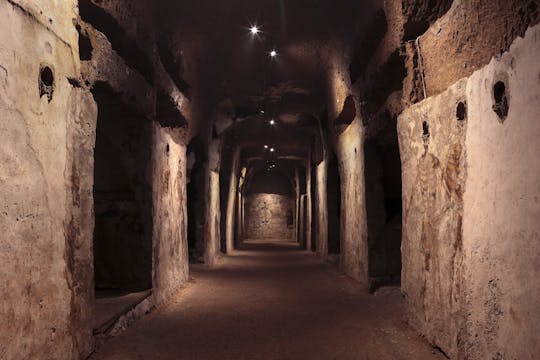The cost of the adult ticket is 10 euros; the cost of the reduced ticket is 2 euros; the ticket is free for children under 18 years of age.
The price listed in the calendar includes pre-sale and operating costs.
Housed in a 16th-century palace originally built as the residence for cavalry barracks and inaugurated in 1816, the National Archaeological Museum of Naples is one of the most important museums in the world for archeology, especially of the Roman age.
The museum is divided into three main sections. The Farnese collection - named after Alessandro Farnese who created it during the Renaissance - includes sculptures and antiques that were previously part of other collections. Don't miss the Farnese Hercules and the Farnese Bull, widely considered the largest single sculpture ever recovered from antiquity. Another section of the museum is dedicated to the Roman artifacts deriving from the excavations of Pompeii and Herculaneum of 1738 and previously hosted in the museum of Portici, near Naples. The third section is dedicated to Egypt, and represents the second largest collection of Egyptian artifacts in Italy after the Museo Egizio in Turin, even if it is more ancient.
Discover the treasures of Pompeii and Herculaneum, with frescos and mosaics removed from house walls, statues, ordinary and precious objects from the Roman age and new collections such as the Secret Cabinet, dedicated to erotic and sexual items.
